
Countries with the most—and least—digital freedom
This story originally appeared on Beyond Identity and was produced and distributed in partnership with Stacker Studio.
Countries with the most—and least—digital freedom
In 2016, the United Nations declared access to the internet to be a human right. Roughly two out of every three people in the world have internet access, but this doesn't mean it is equal, safe, or free from censorship.
In some countries, citizens are restricted on where they can go and what they can read online. The internet is often wielded as a weapon by governments to stifle the spread of dissenting opinions or information that directly contradicts state interests. Internet access is commonly one of the first things to be cut off amid protests or civil unrest. Like a fire without oxygen, revolutions great and small can be extinguished when restrictions on social media and internet access hinder the ability to communicate, organize, and document.
But it is the everyday liberties and freedom of expression that suffer when online voices are restricted. Social and political opinions and even personal data do not belong to the individual. Building and participating in a digital community, especially for marginalized groups, becomes difficult—if not outright dangerous.
Beyond Identity compiled data from Freedom House's 2021 Freedom on the Net report to rank the countries with the most and least digital freedom. Freedom House scored each country in three categories with different weighting—obstacles to access, limits on content, and violations of user rights—then ranked the countries by their total scores. Countries tied for total scores share a rank.
The United States, which ranked 12th among countries with the most digital freedom, is no exception to these issues. Government surveillance, records on journalists, politicians, and activists, and false information inciting riots—particularly amidst a transfer of power—are all cited as demerits in the country's digital freedom assessment.
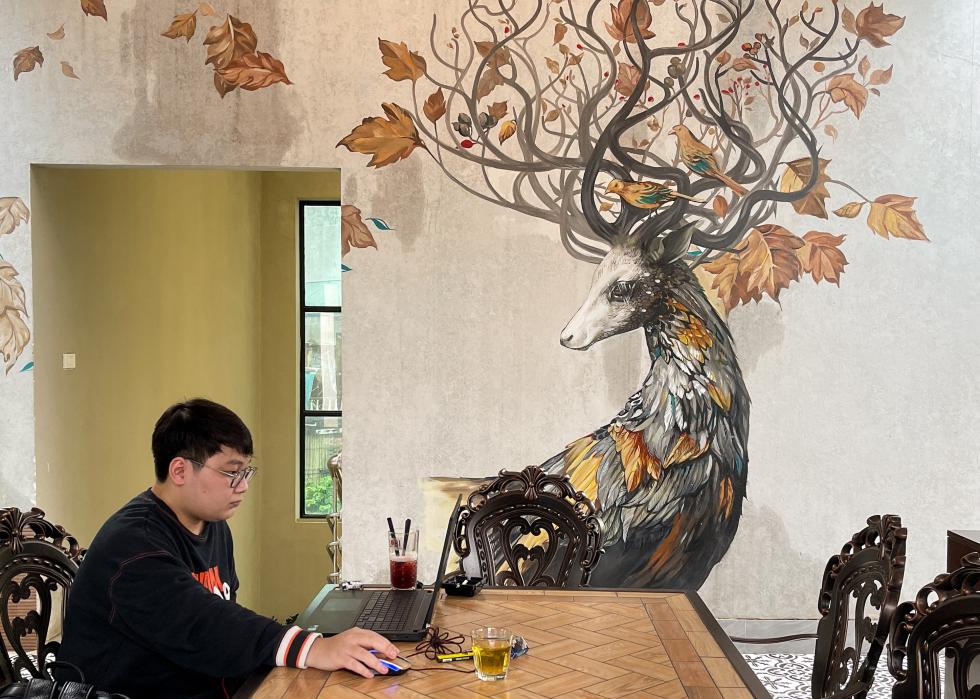
Least digital freedom: #5. Vietnam
- Total score (out of 100): 22
- Obstacles to access score (out of 25): 12
- Limits on content score (out of 35): 6
- Violations of user rights score (out of 40): 4
Vietnam's socialist republic government—under the one-party rule of the Communist Party of Vietnam—is among the more repressive ruling bodies in the world, offering its people virtually no political rights or civil liberties. A major factor in enforcing this control is the restriction of digital freedom through formal and informal barriers.
While no official bans on any social media platforms exist, censorship on those platforms, as well as strategic disruptions in service—such as during elections—are common practice. Targets include accounts with an expansive reach, or any content perceived by the government to be threatening to its political or social agenda. This includes virtually any political discourse not in agreement with the ruling party, anything promoting organized religion, and many international accounts.
Roughly 3,400 websites hosted outside of the country were blocked in 2020 because they published "toxic and harmful information." Journalists, activists, and bloggers have been imprisoned for violating speech laws in the country.
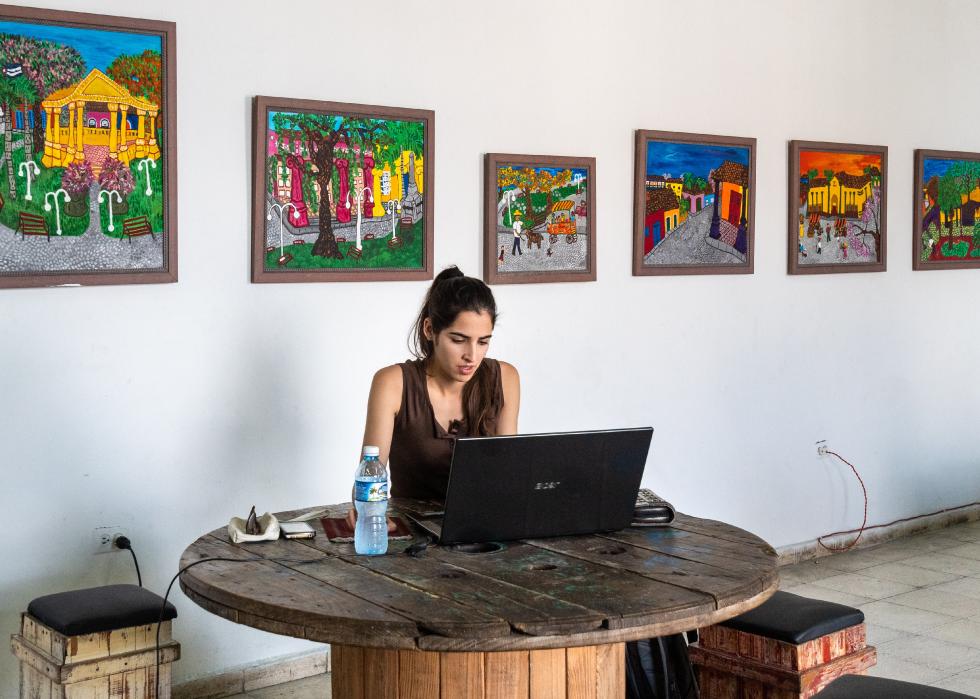
Least digital freedom: #4. Cuba
- Total score (out of 100): 21
- Obstacles to access score (out of 25): 5
- Limits on content score (out of 35): 9
- Violations of user rights score (out of 40): 7
Reliable internet access in Cuba is prohibitively expensive, making penetration rates the lowest in Latin America. Residents earning the minimum monthly wage of $84 USD cannot afford 3G or 4G services. Even with reliable service and broader access, censorship makes the internet less of a democratic tool and more of a propaganda platform.
Legislative provisions give the government permission to restrict access to sites, including social media platforms, whose contents directly contradict the interests of the state. Decree-Law 35, which took effect in August 2021, gives service providers the ability to censor online content without any judicial oversight or transparency requirements.
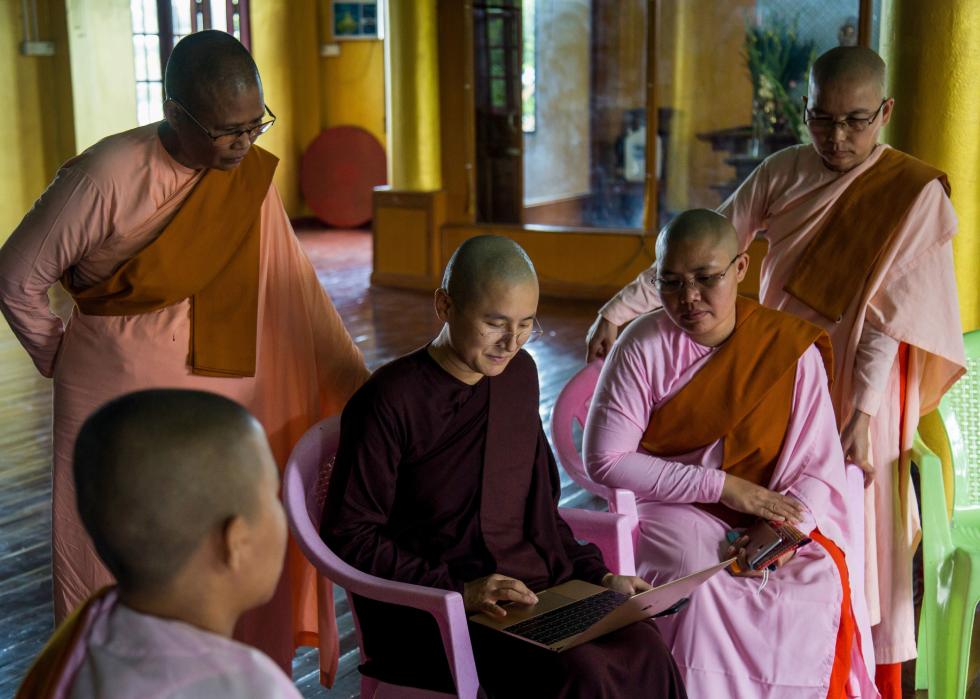
Least digital freedom: #3. Myanmar
- Total score (out of 100): 17
- Obstacles to access score (out of 25): 4
- Limits on content score (out of 35): 7
- Violations of user rights score (out of 40): 6
Following Myanmar's military coup of the National League for Democracy in February 2021, digital freedom in the country has been virtually nonexistent. Constitutional rights that enshrined any semblance of free speech in the country were dismantled, and people are regularly surveilled and jailed for expressing dissenting opinions.
To maintain control following the military takeover, the ruling political force, or junta, frequently shuts down internet access nationwide. Many social media platforms—including Facebook, Twitter, and WhatsApp—as well news sites, financial platforms, and gaming services were also blocked. Thus opposition activities—such as those staged by the Campaign for Civil Disobedience and People's Defense Forces—are not always accurately understood within the country.
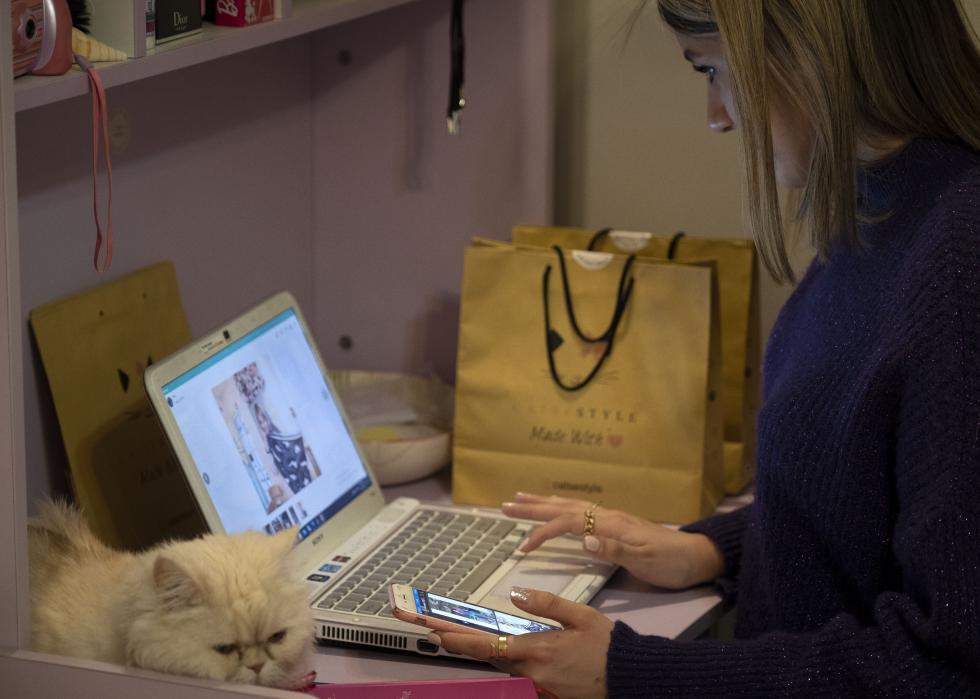
Least digital freedom: #2. Iran
- Total score (out of 100): 16
- Obstacles to access score (out of 25): 8
- Limits on content score (out of 35): 5
- Violations of user rights score (out of 40): 3
While certain aspects of internet accessibility are improving in Iran—including speed, bandwidth, and penetration rates—what one sees on the internet remains heavily censored and politically driven. Localized internet shutdowns during anti-government protests are common practice in Iran as a way to squelch momentum such movements may generate. Journalists and online activists are at risk of imprisonment or even death for creating anti-state content. In 2020, a journalist and founder of an anti-government Telegram channel was executed by hanging after being found guilty of "corruption on earth."
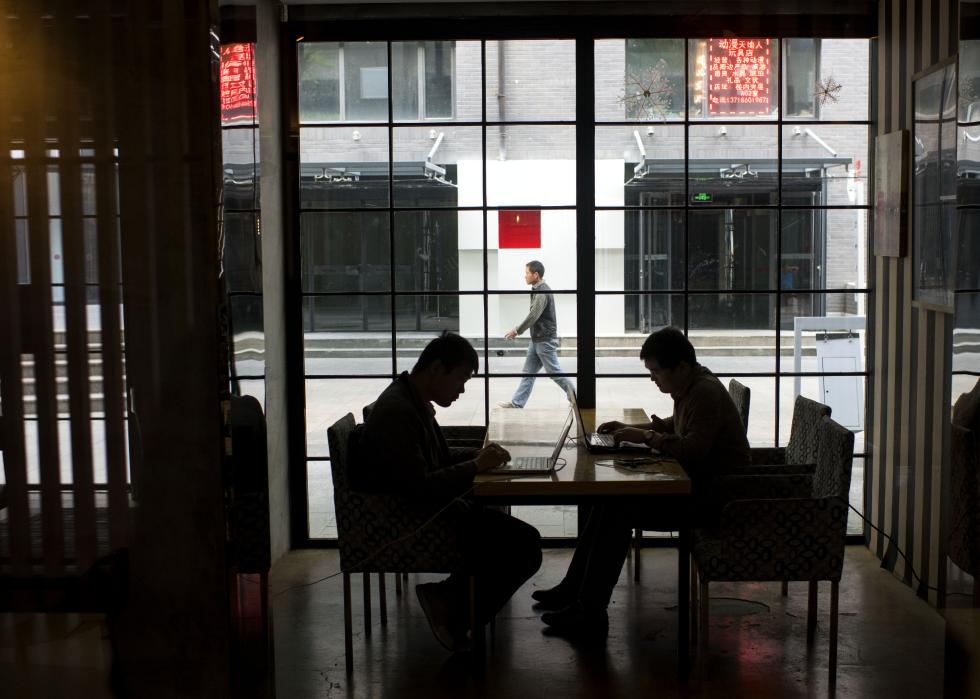
Least digital freedom: #1. China
- Total score (out of 100): 10
- Obstacles to access score (out of 25): 8
- Limits on content score (out of 35): 2
- Violations of user rights score (out of 40): 0
For the seventh consecutive year, China has been deemed the most digitally oppressive country in the world. Censorship, not access, is the country's ruling Communist Party's primary means of maintaining control. China possesses and exercises the ability to shut down internet access for entire provinces, as well as for specific people if dissension is suspected. Government and self-censorship is standard practice. The government's response to communication about COVID-19—between its own citizens as well as with international players—was especially restrictive. More than 2,000 keywords related to the virus were censored on social media platforms at the onset of the pandemic, affecting tens of millions of posts.
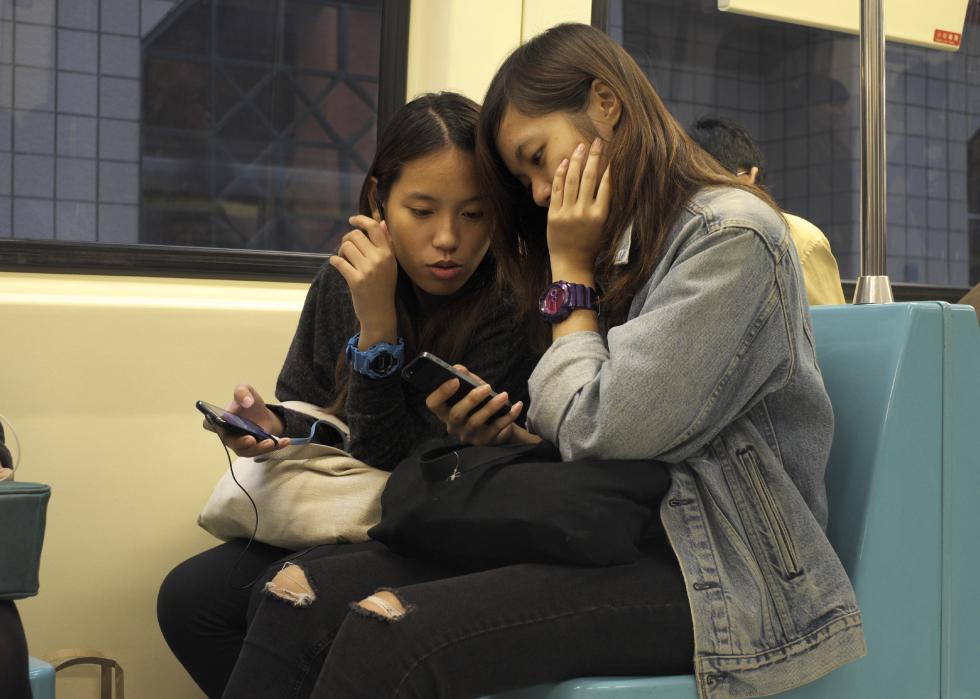
Most digital freedom: #5. Taiwan
- Total score (out of 100): 80
- Obstacles to access score (out of 25): 24
- Limits on content score (out of 35): 31
- Violations of user rights score (out of 40): 25
The upholding of democratic values, particularly during a transition of power, makes Taiwan one of the most digitally free countries in Asia. This means no intentional internet blackouts, censorship, or blocked platforms. Generally, citizens face few infrastructural barriers to internet access, and no significant digital divides exist.
However, data collection and user privacy is a weak spot in Taiwan's digital freedom profile. In the first year of the pandemic, the scope of personal data collection was expanded to allow for programs like The Electronic Fence System, which used mobile tracking data to ensure people didn't leave quarantine. Questions about the veracity of pandemic-related contact tracing also exist, with some claiming the tracking technology was used for purposes outside of COVID-19.
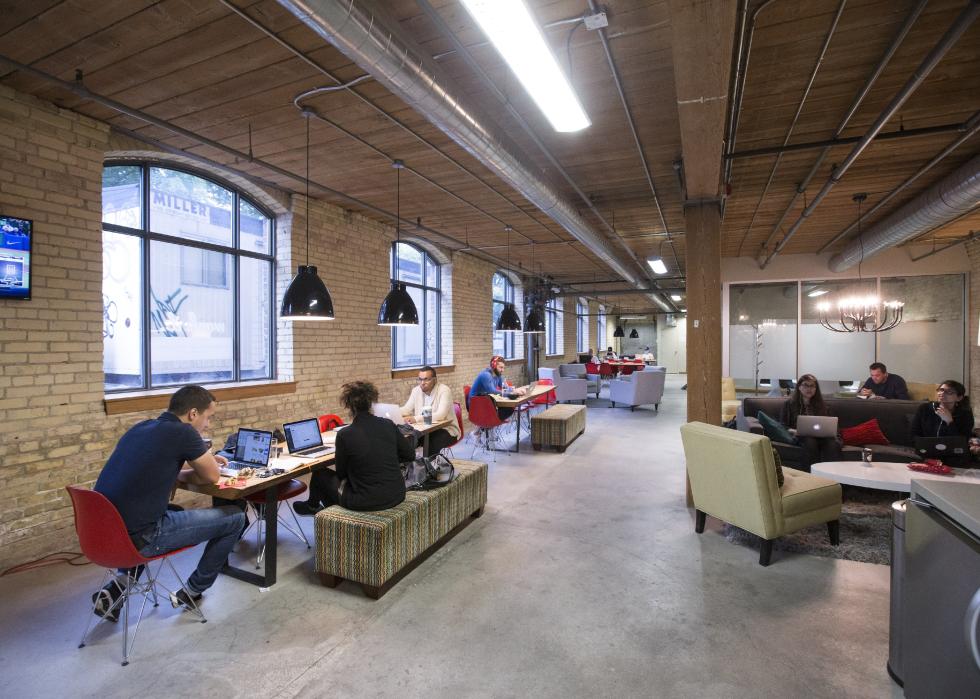
Most digital freedom: #3 (tie). Canada
- Total score (out of 100): 87
- Obstacles to access score (out of 25): 23
- Limits on content score (out of 35): 32
- Violations of user rights score (out of 40): 32
Internet access is widely available and generally affordable for most Canadians. The country's constitution enshrines strong protections for freedom of speech, regarded as a fundamental freedom—both online and offline—as well as freedom of the press. Certain speech, such as hate speech, advocating for genocide, threats, and defamation are not protected. The protection of personal data is an area for improvement in Canada with cyberattacks increasing sixfold from 2018 to 2019. More than half of individual internet users and one in five businesses in Canada were impacted by data breaches in that same time period.
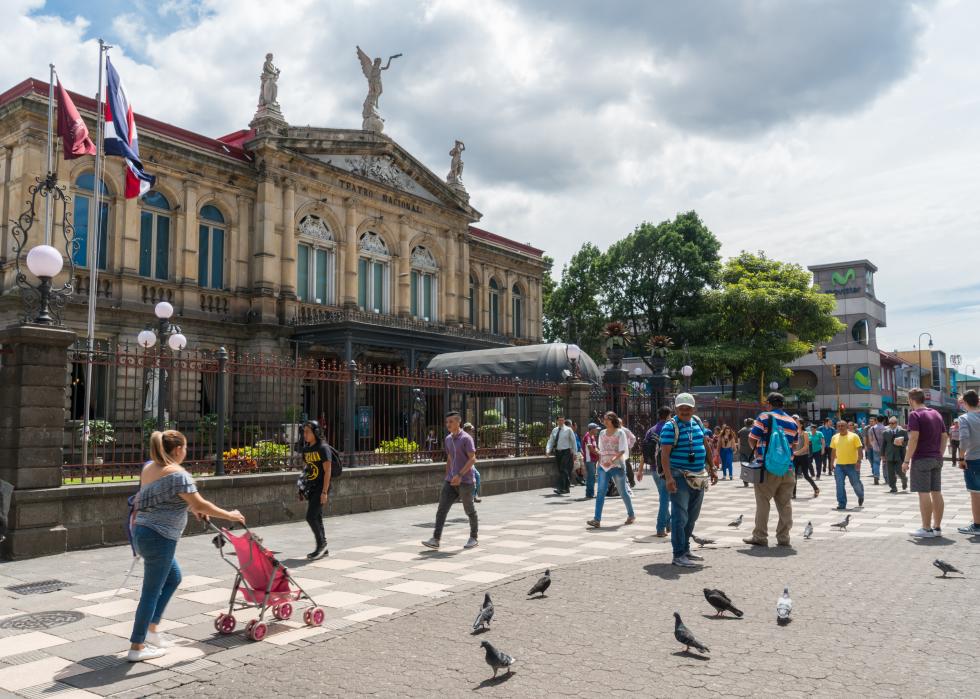
Most digital freedom: #3 (tie). Costa Rica
- Total score (out of 100): 87
- Obstacles to access score (out of 25): 20
- Limits on content score (out of 35): 33
- Violations of user rights score (out of 40): 34
Costa Rica is a world leader in internet access, from both a technological and content perspective. The country's constitution protects freedom of speech and information, and it does not restrict access to, or content from, any websites or social media platforms.
Costa Rica is continually improving the diversity of its internet service providers. About 86 out of every 100 households have internet access at home, and nearly 93 out of every 100 residents have an active mobile internet subscription. The COVID-19 pandemic did, however, shed light on an area ripe for improvement—the country's National Telecommunications Fund, which was established to provide universal internet access nationwide, has yet to succeed in its mandate.
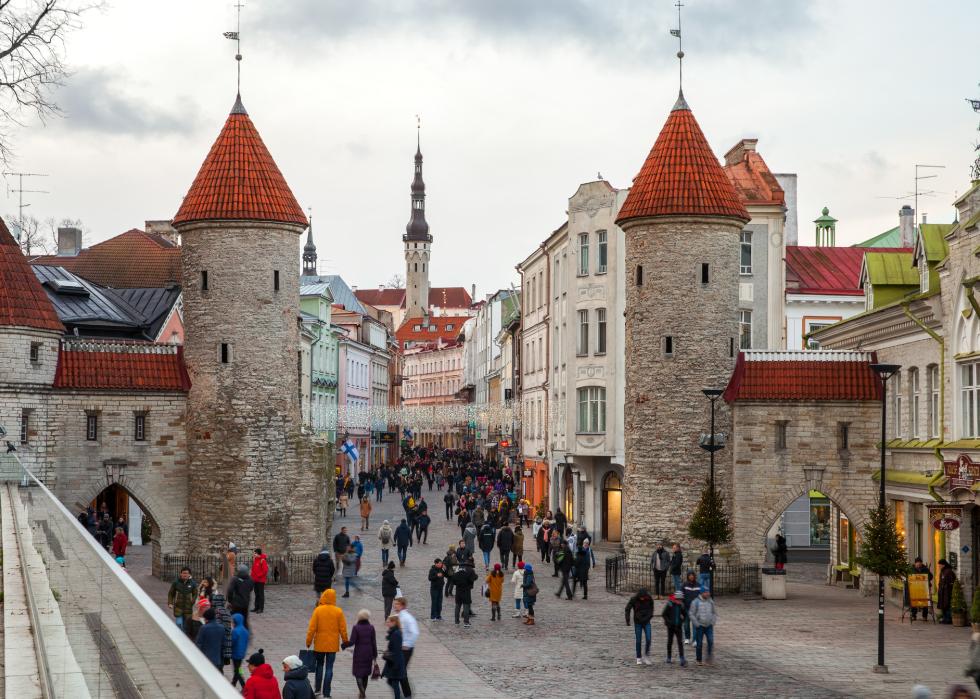
Most digital freedom: #2. Estonia
- Total score (out of 100): 94
- Obstacles to access score (out of 25): 25
- Limits on content score (out of 35): 32
- Violations of user rights score (out of 40): 37
In Estonia, roughly 90 out of every 100 households have an internet connection. The government fosters a competitive and diverse market for internet service providers and is continuing to invest millions of dollars in the information and communication infrastructure. As an example, the country recently invested more than $24 million USD to aid one of its largest utility providers in achieving last-mile high-speed internet access for 40,000 underserved consumers by 2023.
There are no restrictions on social media platforms or websites in the country. Despite a strong adherence to freedom of speech and expression and civil liberties, Freedom House researchers revealed that in 2020, the Estonian government was a customer of Circles, a surveillance technology company that exploits weaknesses in mobile telecommunications infrastructure to monitor calls, texts, and cell phone geolocation.
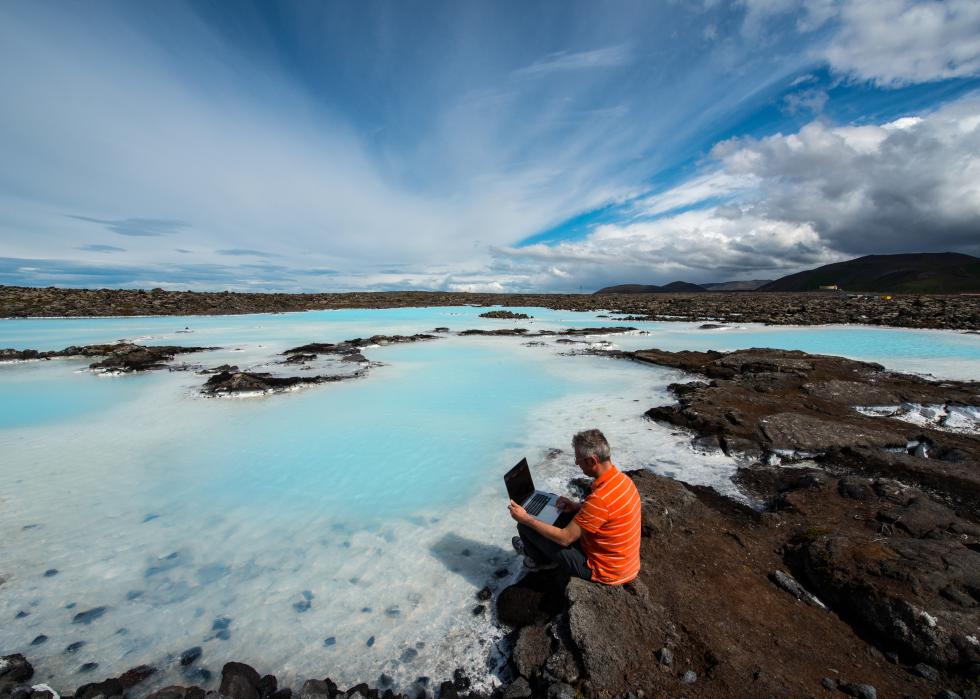
Most digital freedom: #1. Iceland
- Total score (out of 100): 96
- Obstacles to access score (out of 25): 25
- Limits on content score (out of 35): 34
- Violations of user rights score (out of 40): 37
In Iceland, internet access is widespread. There are no digital divides or differences in penetration rates across geography, gender, or education levels. The country boasts very few restrictions to online content, with zero public records of government takedown requests during the reporting period.
While the government does not exercise control over its information and communications technology infrastructure, it has in recent years invested heavily in enhancing that infrastructure by providing citizens with fixed-line connections of at least 100 megabits per second. Moreover, when it comes to user safety and privacy, Iceland offers a voluntary contact tracing app that uses Bluetooth technology rather than geolocation to better protect user privacy.



